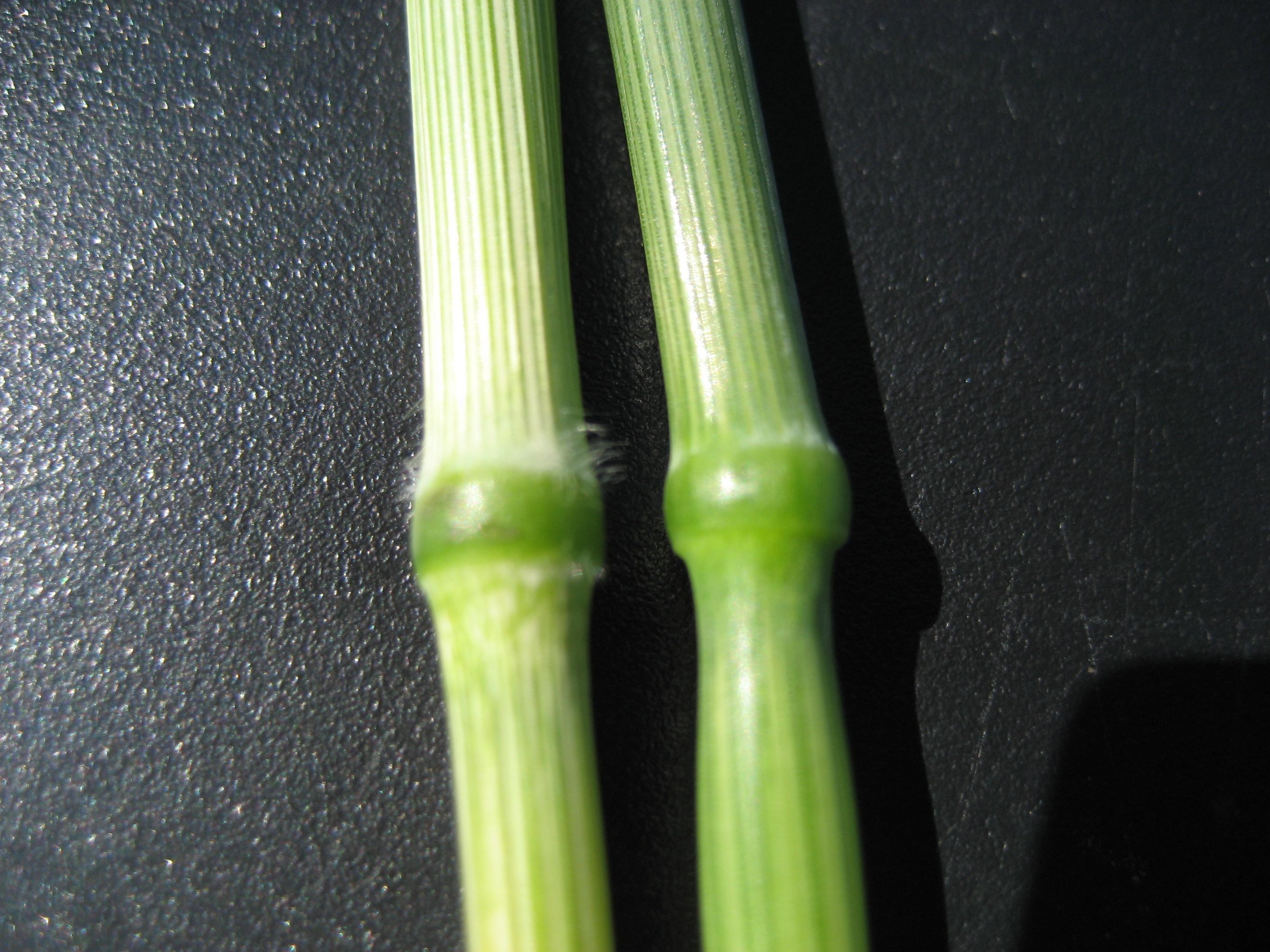Souris
| Denomination: | 'Souris' |
|---|---|
| Botanical Name: | Avena sativa |
| Applicant/Holder: |
NDSU Research Foundation 1735 NDSU Research Park Drive Dept. No. 4400, P.O. Box 6050 Fargo, North Dakota 58108-6050 United States of America |
| Breeder: |
Michael S. McMullen, North Dakota State University, Fargo, United States of America |
| Agent in Canada: |
Seed Depot Corporation Box 208 Pilot Mound, Manitoba R0G 1P0 Canada Tel: 204-825-2000 |
| Application Date: | 2007-09-04(priority claimed) |
| Application Number: | 07-5997 |
| Protective direction granted: | 2007-09-04 |
| Protective direction withdrawn: | 2009-02-13 |
| Grant of Rights Date: | 2010-06-03 |
| Certificate Number: | 3880 |
| Grant of Rights Termination Date: | 2028-06-03 |
Variety Description
Variety used for comparison: 'Leggett'
Summary: The leaf blades of 'Souris' have no pubescence whereas the leaves of 'Leggett' have slight pubescence. The frequency of plants with recurved flag leaves is low on 'Souris' whereas it is high on 'Leggett'. There is no pubescence above and below the upper culm node of 'Souris' whereas 'Leggett' has medium pubescence. The heading and maturity dates of 'Souris' are earlier than those of 'Leggett'.
Description:
PLANT: hulled, spring type
SEEDLING: semi-erect juvenile growth habit, no pubescence on the lower leaf sheath or blade
LEAF: medium green, very weak pubescence on margins, low frequency of plants with recurved flag leaves, no pubescence above and below the upper culm node
PANICLE: intermediate orientation, intermediate density, horizontal attitude of branches, more than 45 degree angle between rachis and dominant side branch, no hairs or spines on the lowest panicle node
SPIKELET: fracture separation, nodding attitude, two grains per spikelet
RACHILLA: medium length between primary and secondary floret, short grooves, no pubescence
LEMMA: yellow at maturity, sparse pubescence on lateral and dorsal surface, weak glaucosity observed at the green stage, weak overlap on palea, absent to very weak tendency to be awned
KERNEL: no basal hairs present, light brown, medium density of pubescence of the groat
SCUTELLUM: rounded tip, small
AGRONOMY: good resistance to lodging and shattering
Origin & Breeding History: 'Souris' (experimental designation ND961161) was developed using the modified single seed descent and pedigree breeding method at the North Dakota State University, Fargo, North Dakota. It originates from the cross 'ND90141'/'ND900118' made in the fall of 1992. In 1993, an F2 single panicle selection was field-grown and selected for stem and crown rust resistance. In the fall of 1993, an F3 single seed descent accompanied by screening for seedling resistance to critical races of stem and crown rust were selected for advancement. During the 1994 and 1995 growing seasons, panicles were selected for resistance to stem and crown rust, lodging and barley yellow dwarf virus (BYDV) tolerance. F4 panicles were again screened in 1995, with the resulting F5 selections being grown in selected paired hill plot where further screening, using known tester races (including NA67) was performed. The harvested line produced the breeding line 'ND961161', which became the source for 'Souris' breeder seed, was advanced to the F6 generation. From 1996 to 2006, 'Souris' was tested in preliminary screening and advanced yield trials (North Dakota Oat Variety Trials). Selection criteria included high grain yield, test weight and hull colour.
Tests & Trials: The tests and trials for 'Souris' were conducted at Crystal City, Manitoba during the summers of 2007 and 2008. The plots were field plantings with rows measuring 830 metres long with a row spacing of a minimum of 20 cm.
Comparison tables for 'Souris' with reference variety 'Leggett'
Days to heading
| 'Souris' | 'Leggett' | |
|---|---|---|
| 2007 | 62 | 64 |
| 2008 | 65 | 67 |
Days to maturity
| 'Souris' | 'Leggett' | |
|---|---|---|
| 2007 | 93 | 96 |
| 2008 | 95 | 99 |
Click on image for larger view

Oat: 'Souris' (right) with reference variety 'Leggett' (left)
- Date modified: